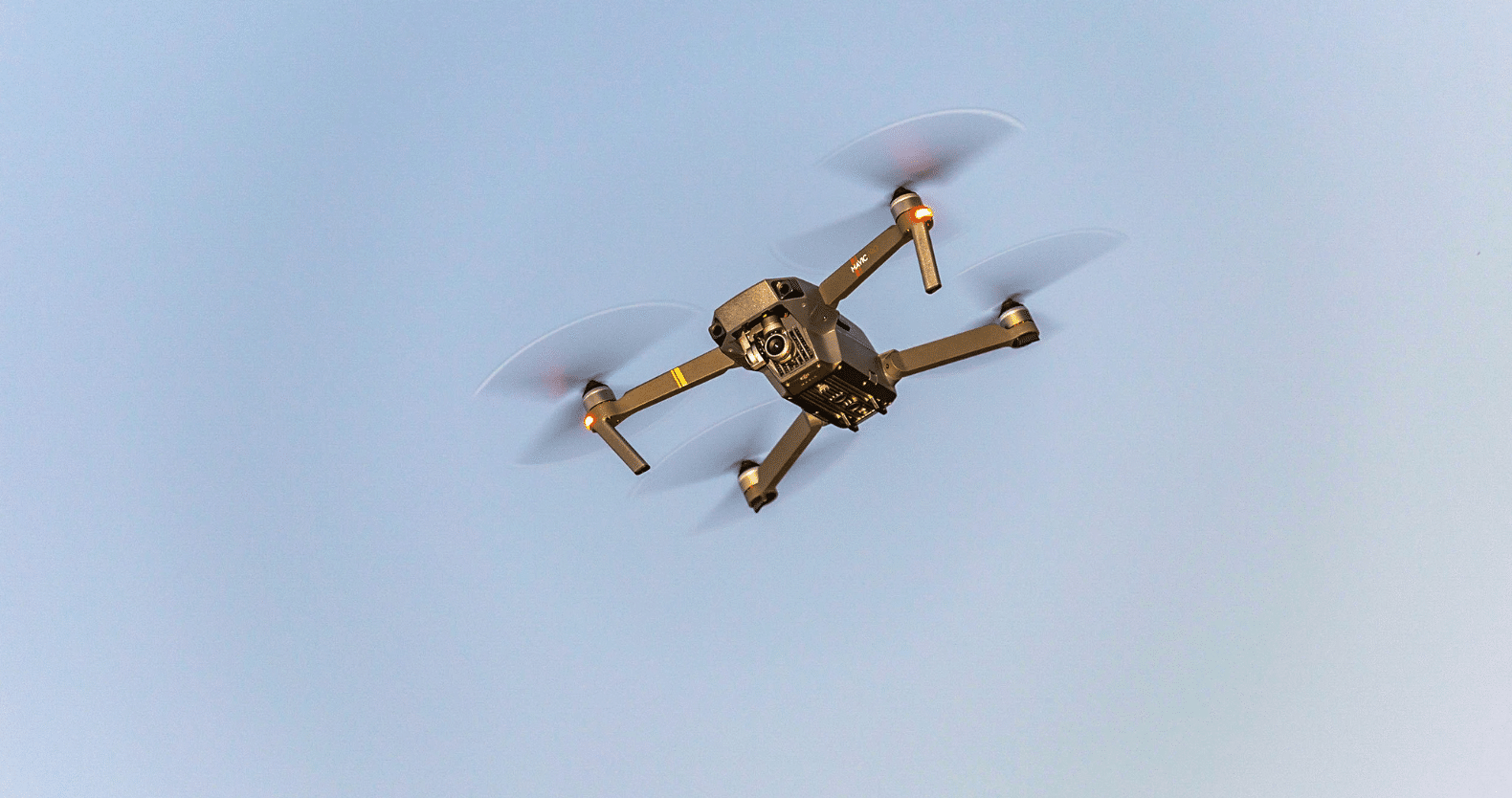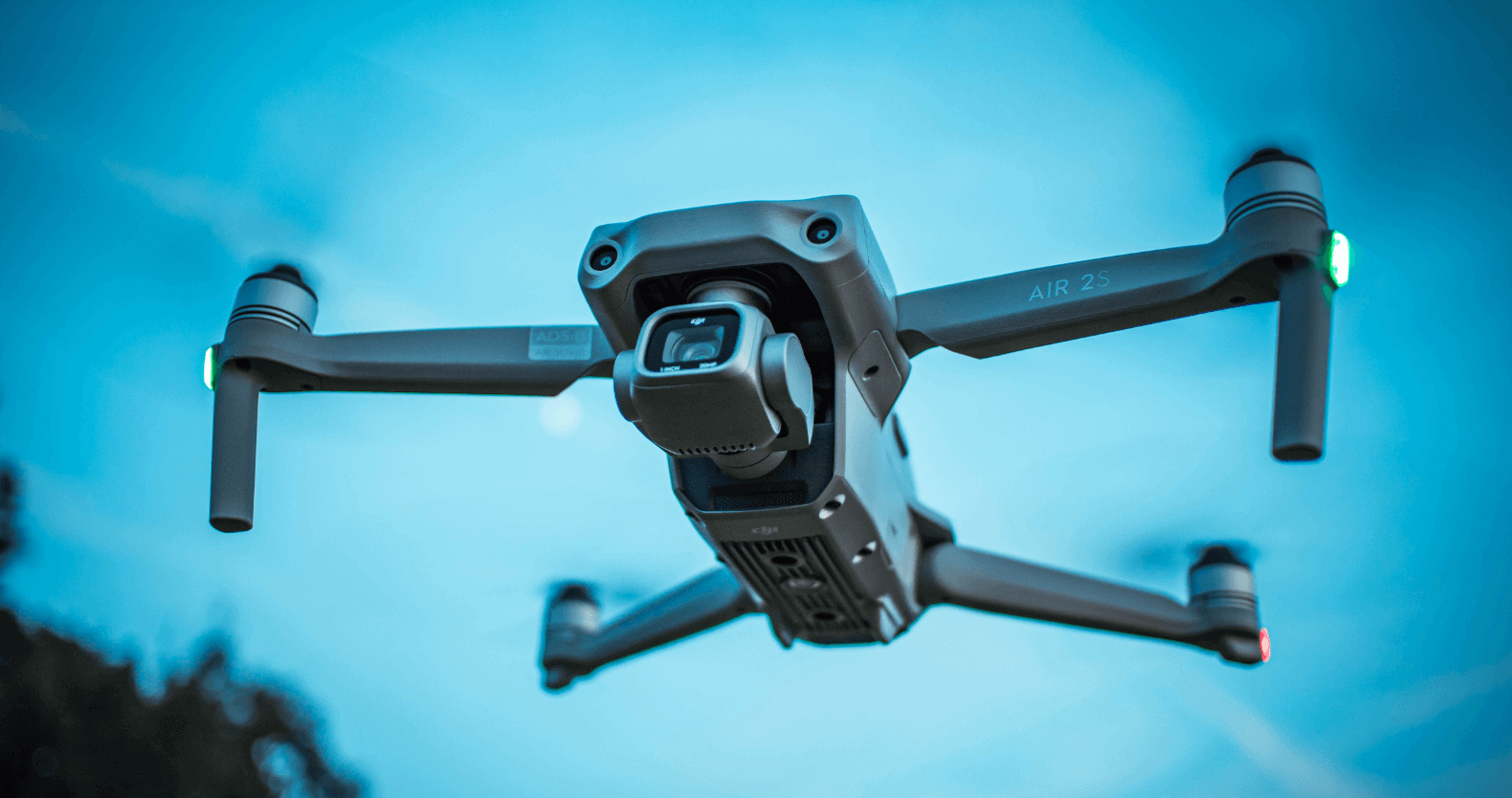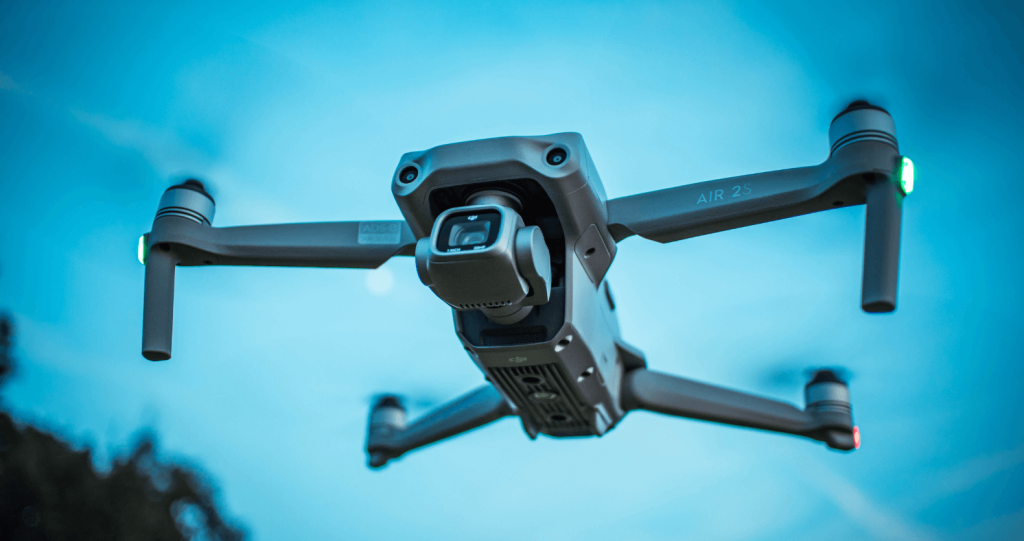Drone videography has transformed the way we capture visuals, offering breathtaking perspectives that were once impossible without helicopters or expensive equipment. Whether you’re a filmmaker, real estate agent, or hobbyist, mastering drone videography can elevate your content. This guide covers everything from choosing the right drone to using advanced techniques like LiDAR scanning and drone roof inspection.
Choosing the Right Drone for Videography
Selecting the best drone depends on your purpose. Some drones are built for high-quality aerial videography, while others are designed for specific tasks like drone land surveys or inspections. Consider factors like:
- Camera Quality – Look for drones with at least a 4K camera for professional footage.
- Stabilization – Gimbal stabilization ensures smooth shots.
- Battery Life – Longer flight times allow extended shooting sessions.
- Obstacle Avoidance – Prevent crashes with intelligent sensors.
- Flight Range – A greater range enables capturing vast landscapes.
Popular models include DJI Mavic 3, Autel Evo II, and Skydio 2+, each offering top-tier features for aerial videography.

Essential Equipment and Accessories
To enhance your drone videography experience, invest in accessories like:
- Extra Batteries – Extend your shooting time without interruptions.
- ND Filters – Reduce glare and balance exposure.
- Memory Cards – Use high-speed SD cards for smooth video recording.
- Propeller Guards – Protect your drone from accidental collisions.
- Landing Pad – Ensure safe takeoffs and landings on uneven surfaces.
Mastering Aerial Videography Techniques
1. Pre-flight Planning
Before flying, research your location, check weather conditions, and ensure compliance with local drone regulations. Use apps like AirMap or B4UFLY to verify no-fly zones.
2. Smooth and Controlled Movements
Avoid jerky camera motions by using slow, cinematic movements. Pan, tilt, and yaw gradually to create immersive footage.
3. Use Intelligent Flight Modes
Most drones have automated flight modes to capture complex shots effortlessly:
- Dronie – Flies backward while rising, keeping the subject in focus.
- Orbit – Circles around a point of interest.
- Follow Me – Tracks a moving subject dynamically.
- Waypoint Navigation – Pre-program routes for precise shots.
4. Adjust Camera Settings
For professional results, manually adjust settings like ISO, shutter speed, and white balance. Use a lower ISO for reduced noise and match the shutter speed with frame rate (e.g., 1/50s for 24fps).
Specialized Drone Applications
1. Real Estate and Roof Inspections
Drone roof inspections are revolutionizing the real estate and maintenance industry. Drones can capture high-resolution images of rooftops, detecting damages without the need for ladders or scaffolding. This method is cost-effective and improves safety.
2. Drone Land Survey and Mapping
Surveying large areas with drones saves time and provides highly accurate data. Professionals use LiDAR technology for detailed 3D mapping and topographical analysis, essential for construction and environmental studies.
3. Event and Wedding Videography
Drones add cinematic flair to wedding films and live events. Using drones, videographers can capture stunning aerial shots of venues, processions, and dynamic crowd interactions.
4. Adventure and Travel Content Creation
Drones are popular among travel vloggers and adventure filmmakers. Whether capturing mountain peaks or ocean waves, aerial footage enhances storytelling by showcasing landscapes from unique perspectives.
Editing and Post-Production
Editing is key to making your drone footage visually compelling. Use software like Adobe Premiere Pro, Final Cut Pro, or DaVinci Resolve to enhance colors, stabilize footage, and add cinematic effects. Follow these tips:
- Color Correction – Adjust exposure and white balance for consistency.
- Add Music and Sound Effects – Complement visuals with background music.
- Trim Unnecessary Footage – Keep videos engaging by cutting out redundant shots.

Legal Considerations and Safety Tips
1. Know the Regulations
Each country has specific drone laws. In the U.S., FAA regulations require drones over 250g to be registered. Commercial operators must have a Part 107 license.
2. Maintain Line of Sight
Always keep your drone within visual range to avoid accidents and signal loss.
3. Avoid Restricted Areas
Respect no-fly zones near airports, military bases, and national parks.
4. Fly in Good Weather
Avoid strong winds, rain, or fog, which can affect flight stability and visibility.
Conclusion
Drone videography is an exciting field with endless possibilities. Whether you’re capturing breathtaking landscapes, inspecting rooftops, or conducting drone land surveys, following these best practices will ensure professional-quality results. Invest in the right gear, practice flight techniques, and edit your footage to create stunning aerial visuals.

